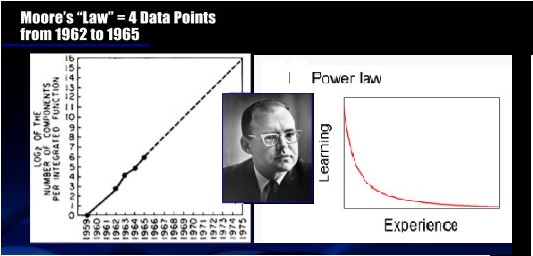Who will beat Amazon in the New-Abnormal
The COVID pandemic creates winners and losers. Will it simply accelerated some winners and some losers. As with any recession, it creates destructive innovation. In the sad carnage of the pandemic should lie silver linings. Telework is one. Winners are ZOOM, losers are office buildings. We’re spending some time on this concept trying to estimate how permanent this shift to remote work will be and the massive savings (time, fuel, traffic, etc.) But the focus…

